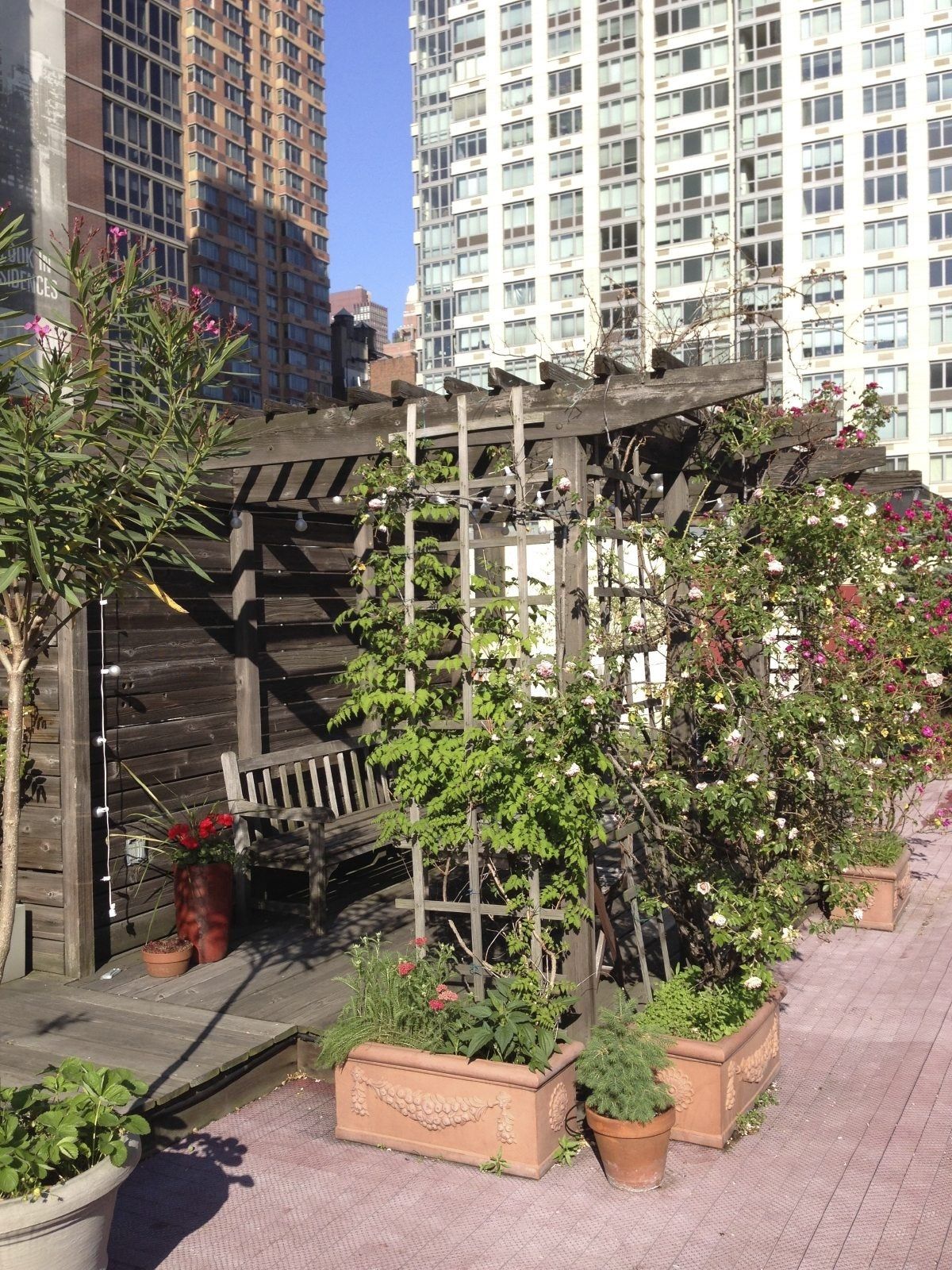The Basic Principles Of City Blooming
The smart Trick of City Blooming That Nobody is Discussing
Table of ContentsEverything about City BloomingWhat Does City Blooming Mean?Get This Report on City BloomingOur City Blooming StatementsCity Blooming Can Be Fun For Anyone
Interested in growing food available for sale in the City of Chicago? Believing about beginning an area garden? Changes to the Chicago Zoning Statute enable agricultural usages like neighborhood gardens and metropolitan ranches in many components of the city. Below is a checklist of often asked questions regarding the policies and policies that farmers must take into consideration when intending a metropolitan farming job.
The zoning amendment does not change any various other codes taking care of composting, structure licenses, acquiring or leasing City possessed residential property, business licenses or ecological contamination. There are existing codes that regulate these problems and they continue to be in full effect and may apply to your project. Area yards are commonly had or taken care of by public entities, civic organizations or community-based organizations and preserved by volunteers.
Urban farms grow food that is meant to be offered, either on a not-for-profit or for-profit basis. As a result of their industrial function, city farms require an organization certificate. Yes. A community yard is permitted to market surplus produce that was grown on site if the sales are accessory or subservient to the garden's primary function described above.
The Greatest Guide To City Blooming
Composting is enabled but only for plant material that is produced and utilized on site. The amount of garden compost product can not go beyond 25 cubic lawns at any kind of offered time according to the requirements in 7-28-715 of the City's Municipal Code. Yes. Since the soil at most new garden sites needs modifying, compost, dirt, timber chips, or other products can be obtained to construct or boost the growing space - balcony and patio garden design.

If a structure license is required after that the hoophouse will be considered an accessory structure. You can learn more regarding the building license requirements by getting in touch with the Division of Structures. The 25,000-square-foot size limit is planned to stop a single area garden from controling a given block or diminishing the block's existing residential or commercial character.
The limitation does not put on yards located in Public Open Space (POS) areas. Can there be even more than one community yard that is 25,000 square feet on a solitary block? Yes. The size limitation puts on individual yards, not to specific blocks. No. Fencing is not needed, nonetheless, gardens that have big parking lot may be needed to install fence or various other landscape design features.
The Definitive Guide to City Blooming
B1 & B2 areas require that all industrial usage activities be performed inside your home. R areas limit business activity. The regulations mirror the objective and intent of the Zoning Code. Is secure fencing needed for metropolitan farms? Yes. Fences may be called for, along with landscape design and testing, for specific parking locations and exterior work or storage locations depending upon location and the specific task happening.
Yes. Urban ranches call for building permits and zoning authorizations before building. Other kinds of city testimonial might be called for relying on certain structures, tasks, size, landscaping, licensing, public heath and stormwater management problems. A lot of these demands are recognized in the task style or permitting procedure, nevertheless, the applicant may be liable to individually identify details licenses or allows that might be needed.
Yes. The type of permit is determined by what is happening at the site. The Division of Company Matters and Customer Security can aid determine the certain sort of company permit that's needed. Yes. Off road car parking is needed for most commercial jobs in Chicago. The called for number of car parking rooms is based upon the number of employees working with website and not the square video footage of the growing space.
Some Known Factual Statements About City Blooming

Yes. A metropolitan farm can market compost product created on website, nonetheless, the procedure has to follow the laws in 7-28-715 of the Chicago Municipal Code. Yes. Aquaponic systems are permitted inside on urban farms in many zoning districts. A zoning testimonial and structure authorization is needed in order to install frameworks or systems and an organization license is required as explained above.
Up to 5 hives or colonies of honey may be kept as an accessory use. Beekeepers have to sign up with the Illinois Department of Farming. To learn more about the proposed zoning amendment you may speak to the Division of Real Estate and Economic Growth, Bureau of Preparation and Zoning at 312.744.8563.
Farming in cities and metropolitan areas An urban farm in Chicago. Urban farming refers to numerous practices of growing. https://pxhere.com/en/photographer/4293794, processing, and dispersing food in metropolitan locations. The term additionally uses to the area activities of animal husbandry, aquaculture, beekeeping, and cultivation in a city context. Urban agriculture is identified from peri-urban farming, which takes area in click over here now rural locations beside suburbs.
5 Easy Facts About City Blooming Described
, who seek to create social networks founded on a shared values of nature and community holism. These networks can create by method of official institutional assistance, ending up being integrated right into local town preparation as a "change town" activity for lasting metropolitan growth.
The more straight access to fresh veggie, fruit, and meat products that may be realised through metropolitan agriculture can enhance food security and food security while lowering food miles, resulting in lower greenhouse gas exhausts, therefore adding to climate adjustment reduction. A few of the initial evidence of city agriculture originates from Mesopotamia.